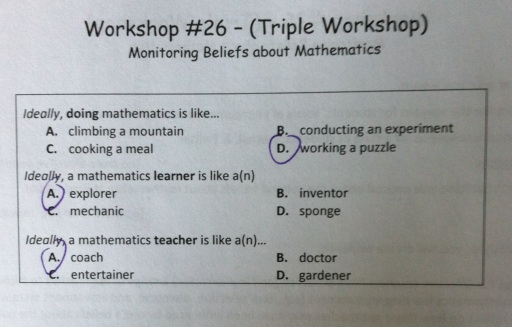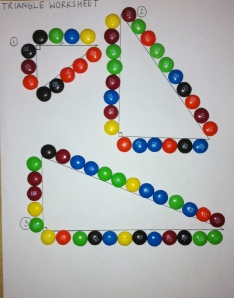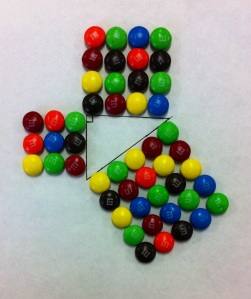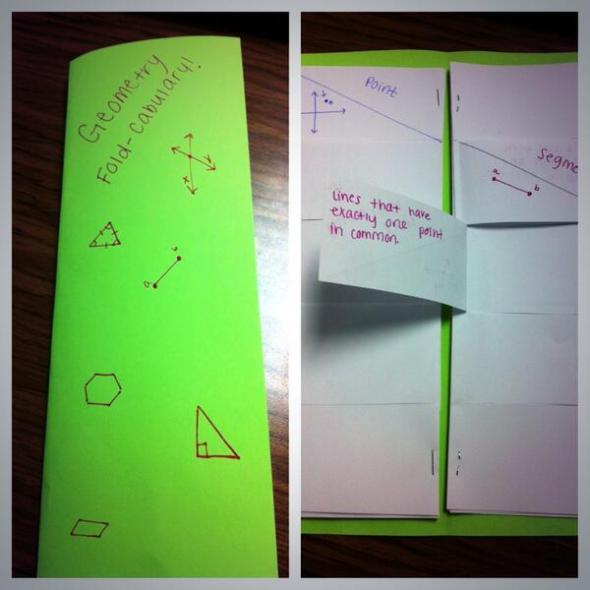Wait, I’m graduating this week?
I cannot believe I am finally reaching the end of my undergraduate career. It has been a long 5.5 years, with the exception of the past two semesters. You know you’re doing something you love when the days go by faster than you can believe. It wasn’t until this week that it really sunk in that I was ending my time as a student teacher. I was extremely blessed to be offered a long-term substitute position in the classroom I have been teaching in, so my time with my students is not quite finished. However, it is an odd feeling transitioning from “student teacher” to “substitute teacher.” I am so excited for my journey to continue.
I’m not sure how to even begin talking about how I have grown this semester. From my confidence to my relationships with my students, I’m sure I look like a completely different teacher than I did on that first day. It’s a really cool thing to experience what happens to a classroom overtime. Each class has it’s character, but you don’t really see it until about a month into the semester. It is so interesting to see how the students evolve once they feel comfortable. Knowing how each class differs, I am now able to tweak activities from class to class if I know one strategy works better in one class than it does in another. Discovering how students learn best has been one of the most useful things I have learned this semester.
One strategy that has really worked well for my this semester has been “think pair share.” This is a well-known strategy that students often grumble at if you call it by its name, but there are so many different ways to implement it. One of my favorite ways is to have students complete a problem on their own, and then pair up with their partner while they each share their answer and how they got it. This can initiate some really great conversations, and I love watching students learn from other students.
Another strategy that has worked well for me is the implementation of videos – or really anything I can show that is more interesting than me standing in front of the room talking. I’m not talking about instructional videos, but rather a video that sparks interest and that has math embedded. My favorite website for finding these videos is 101qs.com. You can search any mathematical concept, and you will almost always find a video. My favorite part of implementing these videos in the classroom for the first time is the confused look on students faces when I simply ask them to write down any question that comes to mind after watching the video. It took some prodding, but they eventually came up with some. However, the second time I did this in the classroom, it was clear students were already thinking of questions while watching the video and came up with some really great things. After the students share their questions, I tell them which question we are focusing on for this lesson and then their goal is to solve it.
Lastly, another strategy I really love is the use of “expert groups.” Again, this is using the idea of students teaching each other. With expert groups, students are assigned a concept that they are to master. Once they have done this, they pair up with a different “expert” and the students teach each other about their concept. I really love using this in the classroom. Students feel a sense of autonomy over their learning, and they are often proud to share with they know. This worked great in my geometry classroom.
Throughout this semester, I have had good days and bad days, but I have also had great days that remind me of my passion for teaching mathematics. There are so many more things I have learned this semester, but I know there is even more still to learn. I can’t wait to continue this journey of constant learning and endless fun.






